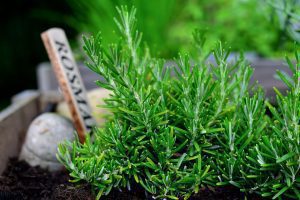What is the FRUIT FLY?
It is a species of brachyuran dipteran of the family Tephritidae native to the west coast of Africa, where closely related species live. From there it spread to areas with temperate, subtropical and tropical climates in both hemispheres. It is considered a cosmopolitan species because of its current worldwide dispersion, largely due to the increase in the global fruit trade.
Why do fruit flies COME OUT in our plants?
With the arrival of good weather and temperatures above 14º the emergence of adults begins. After a few days, the female can start laying. They lay their eggs under the epidermis of the fruits; the particularity is that those that are already bitten are not visited by other females. The laying period is very variable depending on the area, between 30 and 60 days.
The larva completes its development inside the fruit in one week, from where it will jump to the ground to pupate: in 10 days it will give rise to a new adult. The biological cycle can be completed in 20 days. The number of annual generations varies greatly depending on weather conditions and food availability.

How does the fruit fly AFFECT our plants?
In Spain this species is widespread, especially in the south and Mediterranean area. It affects a multitude of cultivated species such as oranges, mandarins, peaches, figs, apricots, plums, persimmons, etc., making it difficult to control. The only productions that escape its attacks are those obtained from the end of autumn to the beginning of spring, since the cold weather at that time prevents the insect from showing activity.
The damage produced by the effect of the female’s bite on the fruit, to carry out oviposition, which is a way of entry of fungi and bacteria that decompose the pulp.
The damage to the fruit is caused by the larvae of this fly that feeds on the pulp of the fruit, leaving all its excrement inside it, in addition to serving as a means of contamination for different types of fungi that cause rotting, which causes the fruit to fall to the ground prematurely or become unmarketable.

How to ELIMINATE fruit flies naturally?
PREDATORS OF THE FRUIT FLY
- Pseudoophonus rufipes is a species of ground beetle of the subfamily Harpalinae. It was described by Degeer in 1774. Harpalus rufipes is native to Europe. Harpalus rufipes acts as a biological controller against pests. It has been shown to be a strong predator of fruit flies.
- Forficula auricularia The common earwig is a species of dermatopteran insect of the family Forficulidae. It is provided with two cerci at the end of its abdomen. These cerci, reminiscent of the shape of a pincer or scissors, have given rise to the common names by which this species and other dermatoptera are known.

FRUIT FLY PARASITOIDS
- Diachasmimorpha tryoni is a solitary, koinobiont endoparasitoid that lays an egg in the host larva and emerges from the tephritid puparium.
- Fopius arisanus is a solitary endoparasitoid. The female deposits an egg inside the fly egg; the parasitoid larva feeds on the fly larva, but allows its development and the formation of the puparium; finally, from this fully formed puparium emerges the adult parasitoid, which has completely consumed the fly larva.

